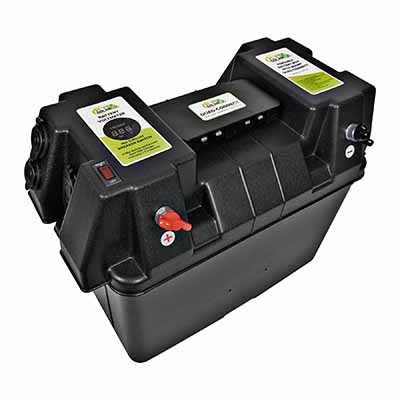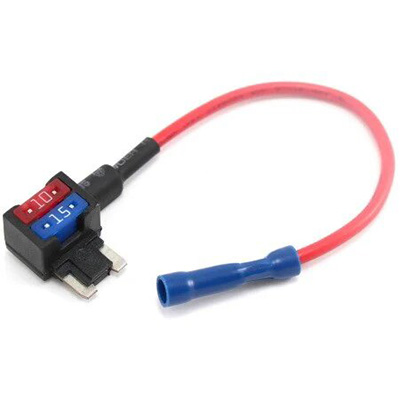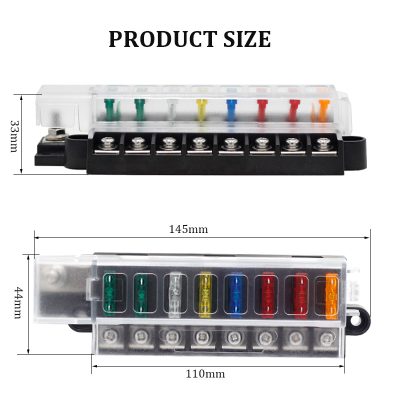In-Depth Analysis: Aftermarket Versus OEM Car Battery Boxes – Quality, Pricing, and Performance Evaluation
News 2025-10-20
Car battery boxes are critical components in automotive systems, safeguarding the battery and ensuring electrical integrity. OEM (Original Equipment Manufacturer) parts are produced by the vehicle maker or their direct suppliers, while aftermarket options come from third-party companies. This comparison delves into quality and price differences to help consumers make informed decisions based on specific needs like vehicle type and usage conditions.

Quality Assessment
Material composition and build standards significantly differ between OEM and aftermarket battery boxes. OEM products often use high-grade plastics or metals that meet stringent manufacturer specifications, offering superior resistance to corrosion, heat, and impacts. In contrast, aftermarket versions may employ cost-effective materials, which can affect longevity and safety. Performance advantages include OEM’s better fitment for specific models, reducing vibration issues, while some aftermarket boxes boast enhanced features like better ventilation for high-performance vehicles, though reliability varies by brand.
Price Evaluation
Cost is a key factor, with OEM battery boxes typically commanding higher prices due to their direct integration with vehicle warranties and quality controls. Aftermarket alternatives are generally more affordable, providing budget-friendly options for everyday drivers or older cars. However, this price gap can influence overall value; aftermarket parts might save money upfront but could lead to higher maintenance costs if they underperform in demanding scenarios, such as off-road driving or extreme weather, where durability is paramount.
Frequently Asked Questions
1. What defines OEM versus aftermarket battery boxes?
Aftermarket boxes are made by independent manufacturers and may not match the exact specifications of the original, while OEM are designed specifically for the vehicle model.
2. Which option typically lasts longer?
OEM boxes often have a longer lifespan due to rigorous testing, but high-quality aftermarket brands can offer comparable durability at a lower cost.
3. Is aftermarket always cheaper in the long run?
Not necessarily; while initial costs are lower, potential repairs or replacements might increase total expenses compared to the more reliable OEM counterparts.


